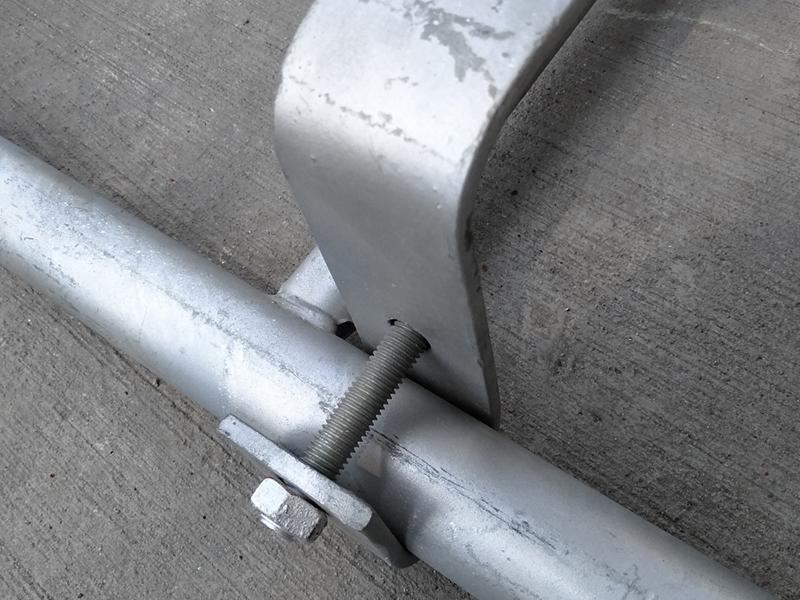

Note that planks are clamped to ladder.Īdjustable scaffold brackets, braced together, coupled with 2 old Lynn scaffold ladders that I found at a yard sale 20 some years ago, allows a “rising scaffold” along the entire length of a house for installing and applying the final finish coat to novelty drop siding and for roofing the south solar shading roof (clamps on 2×4 “rungs” not shown).Ĭlassic triangle wall brackets with carpet padding are perfect for working above prefinished siding as they require no attachment other than gravity and a single, braced 2×4 post to the ground on a solid footing.Īnd, by simply using longer 2×4 legs (X-braced with strapping), you can “walk” up the wall to a nearly 16′ height. Similarly on the interior when the framing is exposed, temporary platforms can be built – in this case to work on the ceiling above a stairwell.Ĭreative use of ladders – in this case, a 16′ extension ladder coupled with an 8′ step ladder – allows access in difficult areas, such as in this winding staircase to finish ceiling drywall. Note that the plank is also clamped to the bracket for safety.įor roof framing, I place just-off-center uprights at the calculated ridge height to hold the ridge boards in place and build rectangular braced scaffold brackets to support planks at the right height to align and nail the rafters to the ridge board (the blocking on every second pair of ceiling joists is for a “gangplank” to access the attic above the loose-fill cellulose insulation level from a “hayloft” door at one gable end). Site-built wall brackets can be custom-made to fit your wall framing (these are sized for my 12″ thick Riversong Truss walls and are “ambidextrous”) and require only two clamps per bracket to hold them securely in place (I would not use them on anything less than 2×6 studs on single walls). And watch out for that “2 inch heart attack” where two planks overlap.

Just make sure that vertical legs are well footed and cross-braced and that planks have positive stops or are clamped or nailed in place. If you can nail to the sheathing or to window rough openings, there’s all kinds of options for exterior scaffolding, either with vertical ground posts or triangulated back to the building. I’m still using these ponies 8 years later. I often prefer to build them 24″ tall – what I call “saw ponies” – as they are more useful and versatile than standard 30″ horses. Simple, site-built sawhorses are often the first thing built at any job-site, and they can double as scaffold horses. Testing the Strength of My Building Class’s First Project


 0 kommentar(er)
0 kommentar(er)
